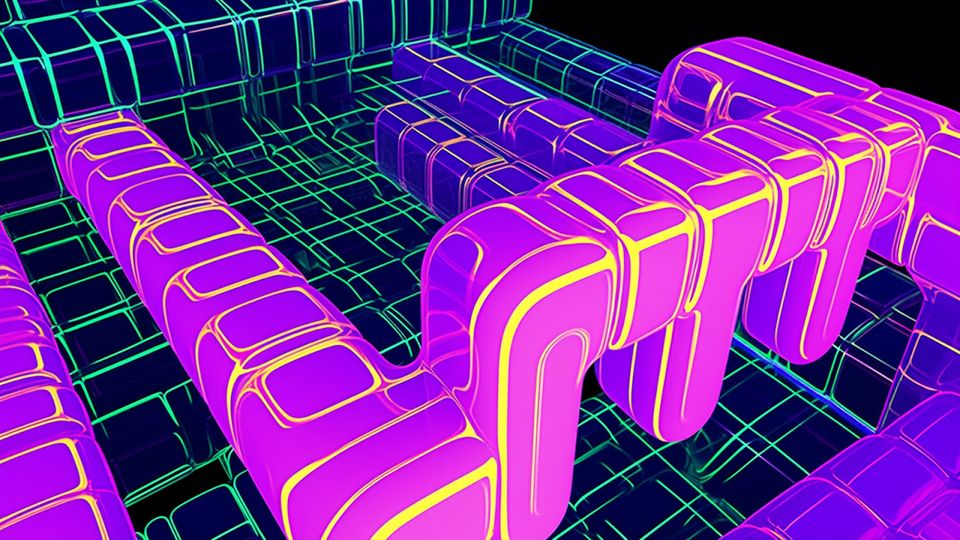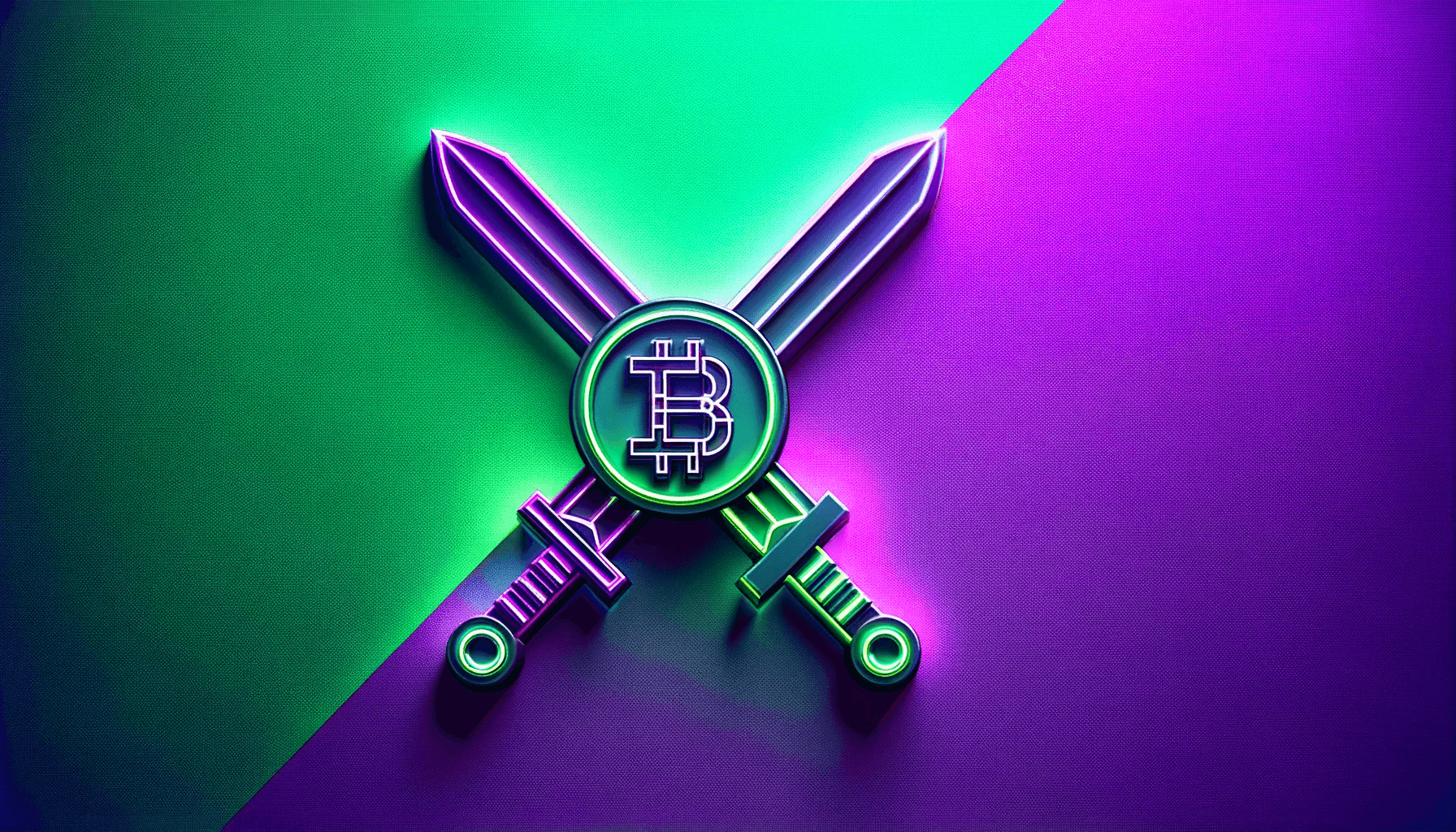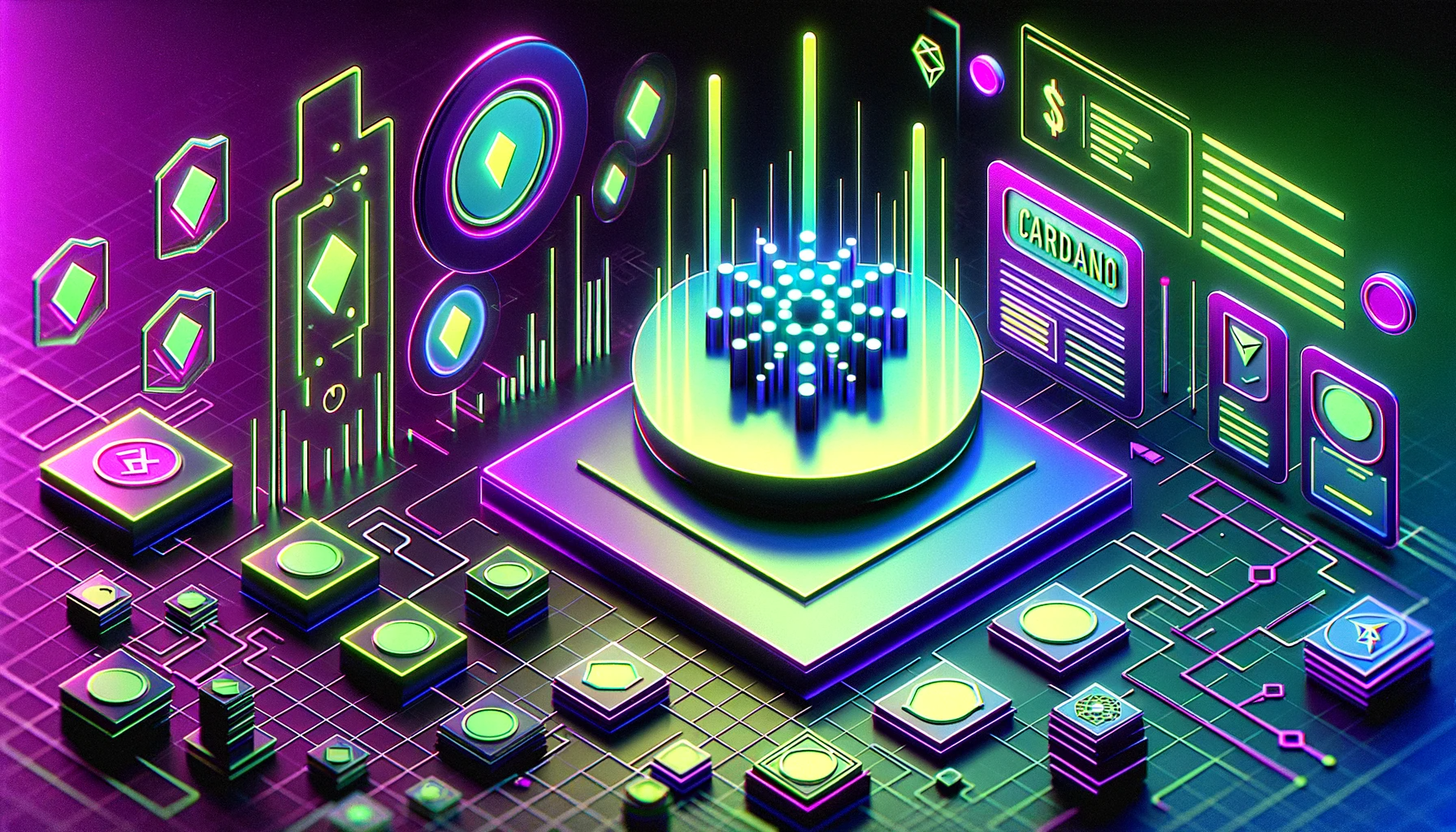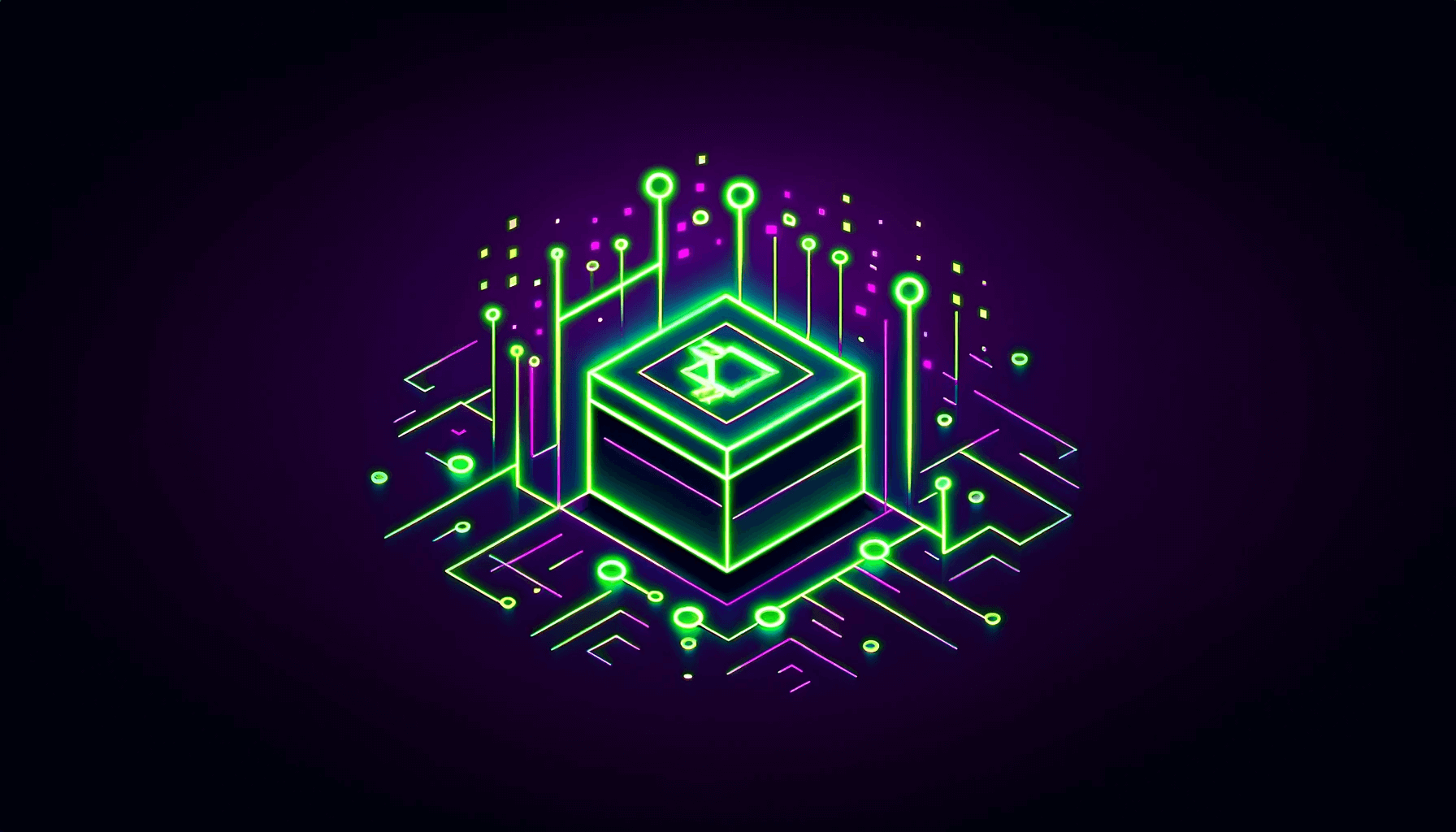
Since Bitcoin’s inception blockchain technology has evolved significantly, Layer 1 blockchains are the primary blockchain network on which other dApps and blockchains are built, they support transactions and operations that are completed on the blockchain, one example of a Layer 1 is Bitcoin.
Layer 2 solutions or blockchains, however, are third-party integrations developed to enhance the scalability and efficiency of a Layer 1 blockchain. One example of Layer 2 is The Lightning Network for Bitcoin.
There has always been a blockchain trilemma over scalability, decentralization and security. It is argued a blockchain cannot have all 3 as they have to sacrifice one to function effectively, for example, Bitcoin trades scalability for security and decentralization. This is why there needs to be Layer 2 solutions for Layer 1s.
What is Layer 1?
Layer 1 is the underlying architecture that provides the foundation upon which blockchains and dApps are built. Bitcoin is the most well-known Layer 1 within cryptocurrency.
They are the most basic form of blockchain and provide a foundation for all other blockchain layers, Layer 1 is the only layer that is responsible for validating transactions, securing the network and maintaining the distributed ledger.
Layer 1 blockchains use a Consensus Mechanism to validate transactions which is responsible for validating and recording those transactions on the ledger.
Security is handled by Layer 1 blockchains, for example, Bitcoin's use of Proof of Work is highly secure, but it is not a fast method as it requires substantial computer power to process.
To improve scalability without a L2 they have to make a direct change to the blockchain's code or architecture, such as enhancing the speed of block confirmation or increasing the capacity of each block for data.
One example of L1’s scaling their network without L2’s is through a chain fork, forking a chain means upgrading or adjusting a blockchain. There are soft forks which make changes that are already compatible with the existing blockchain and hard forks, which change or update the blockchain completely from the previous version. An example of a hard fork is between Ethereum and Ethereum Classic.
An experimental way of scaling a blockchain is through sharding, although no Layer 1 has successfully implemented it, it's still worth discussing. Sharding is a scaling technique that divides transactions into small data sets known as shards, the network processes these shards alongside the blockchain which enables multiple transactions to be processed.
What is Layer 2?
Layer 2 enhances the efficiency and scalability of a blockchain, it runs on top of a Layer 1 blockchain. The core blockchain does not experience congestion as Layer 2s bundle transactions from the main chain, process them on their behalf and then bundle them back into Layer 1.
They can significantly increase the transaction capacity of a Layer 1 blockchain and handle large transaction volumes in a more efficient manner, ‘off-chain’. Despite this, they can introduce additional complexity to the blockchain, as new solutions and technologies will need to be understood.
Layer 2 blockchains help Layer 1 blockchains reduce transaction costs by moving transactions off the main Layer 1 chain, making it more accessible and cost-effective. This also helps in increasing transaction speed by putting less stress on the main blockchain.
How Does Layer 2 Help Scale Layer 1?
The most common method to help scale Layer 1 blockchains is a Rollup, which groups transactions from layer 1’s into a bundle, processes these off-chain and then loads them back onto the main chain, allowing blockchains to become more scalable.
Optimistic Rollups:
There are two types of rollups, one is Optimistic Rollups, which assume transactions to be valid by default, the optimistic part is because it assumes all transactions are valid, and rollups because they aggregate or roll up thousands of transactions into batches or bundles before submitting them on the mainnet. The benefit is that this is quick assuming everything is correct. They do give everyone on the network a certain amount of time to contest fraudulent transactions, this can take up to a week to do.
Zero Knowledge Rollups
Zero Knowledge Rollups determine that a transaction is valid using only minimal information about that transaction. It is fast and cheap whilst also helping to preserve privacy. It allows one party to prove to another party that something is true, without revealing any information apart from the fact that the specific transaction is true.
Nested Blockchains
There is also Nesting which is where a blockchain houses another blockchain within or on top of it, consisting of a primary blockchain and a secondary chain. The primary chain will delegate to the secondary chain to perform transactions, when this is complete it informs the primary chain of the outcome.
Sidechains
A sidechain is a side network that is linked to the primary blockchain through a two-way peg, they support L1 blockchains by verifying transactions, freeing the main chain from network congestion issues, and allowing digital assets from one blockchain to be securely used in a separate blockchain and then moved back to the original blockchain if needed.
State Channels
A state channel applies a two-way channel of communication, transactions are only visible to participants on the channel, and only the initial and final state of the transaction is recorded on the main blockchain. This helps validators take less time verifying transactions improving transaction speeds on L1’s.
What are some Layer 1 and Layer 2 blockchains?
Layer 1
There are a number of Layer 1 blockchains, below are some well-known examples:
Layer 2
There are a number of Layer 2 blockchains and solutions, below are some examples:
Final Thoughts
Layer 2 blockchains and solutions compliment Layer 1 networks by helping to address key performance issues such as scalability and slow transaction speeds.
It is argued that no blockchain is able to have all three of security, scalability and decentralization, each blockchain eventually has to sacrifice one to function effectively. This is where Layer 2’s help to address these issues.
There is continued development and innovation in both layers, over time there is likely to be increased integration and collaboration between Layer 1 and Layer 2s which will benefit all participants.
Want More Cutting-Edge Crypto News?
Follow Us: X TikTok Instagram Telegram LinkedIn
Sign up to our newsletter at the bottom of the page
Check Out Our Top 10 Crypto Currencies of 2023
This article is intended for educational purposes and is not financial advice.


















